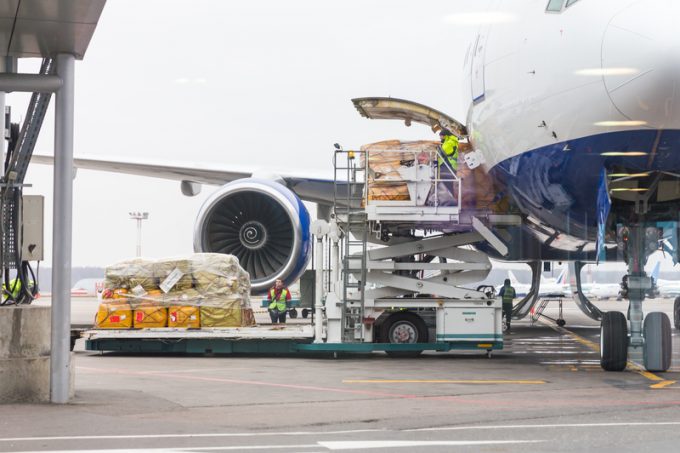Strong Q4 and booming ecommerce drives 'record peak season' for air cargo
A “very strong Q4” for air cargo will likely turn into a record peak season, ...

Back in June, feedback from the air cargo charter market pointed to an oversupply of freighters, pulling down rates and leaving some operators with their backs to the wall.
Two months on, does overcapacity prevail or has demand picked up sufficiently to take up some of the slack and check the slide in prices ?
The Loadstar gauged the mood among several leading charter brokers. Pierre Van der Stichele, Air Partner VP global freight, said the situation had changed little.
”Right now we have ...
Amazon pushes into LTL for small package fulfilment and UPS does a u-turn
New senior management for DSV as it readies for DB Schenker takeover
Volumes set to 'fall off a cliff' as US firms hit the brakes on sourcing and bookings
Asian exporters scramble for ships and boxes to beat 90-day tariff pause
Temporary tariff relief brings on early transpacific peak season
'Tariff madness' will prompt renegotiation of ocean shipping contracts
Forwarders 'allowing the fox into the chicken run' by supporting 'hungry' carriers
Response to tariffs by Chinese importers may see extra costs for US shippers

Comment on this article